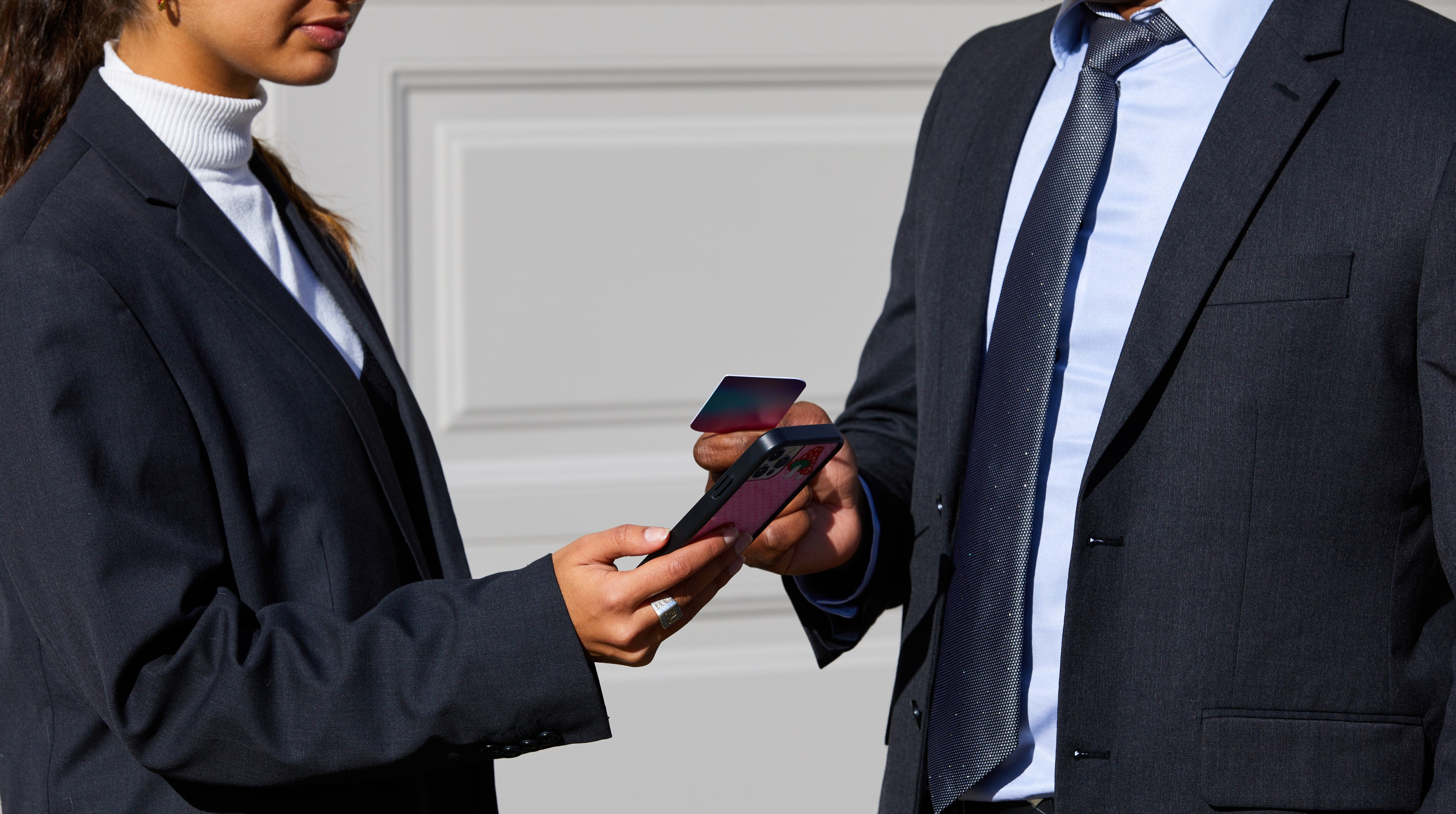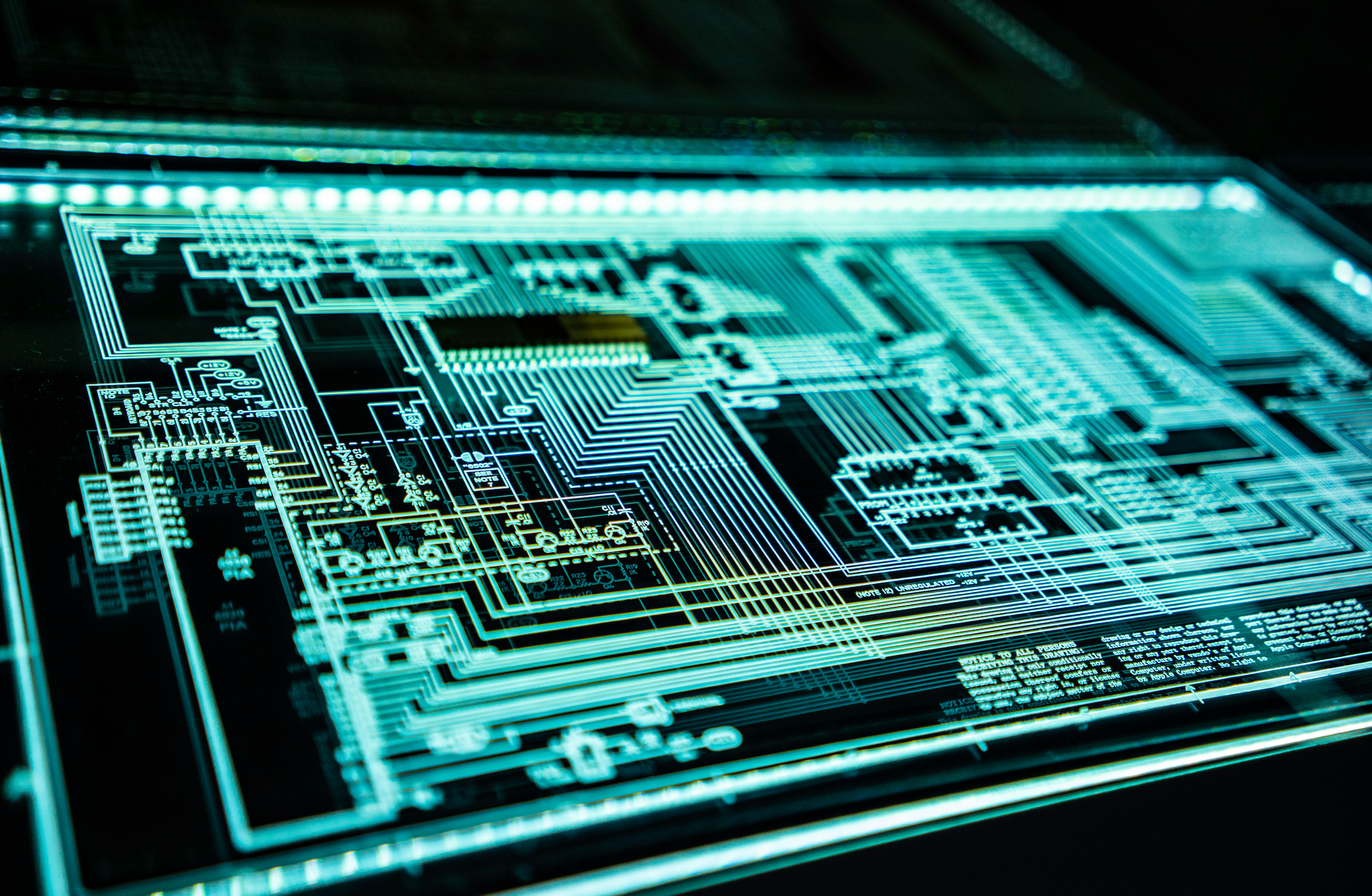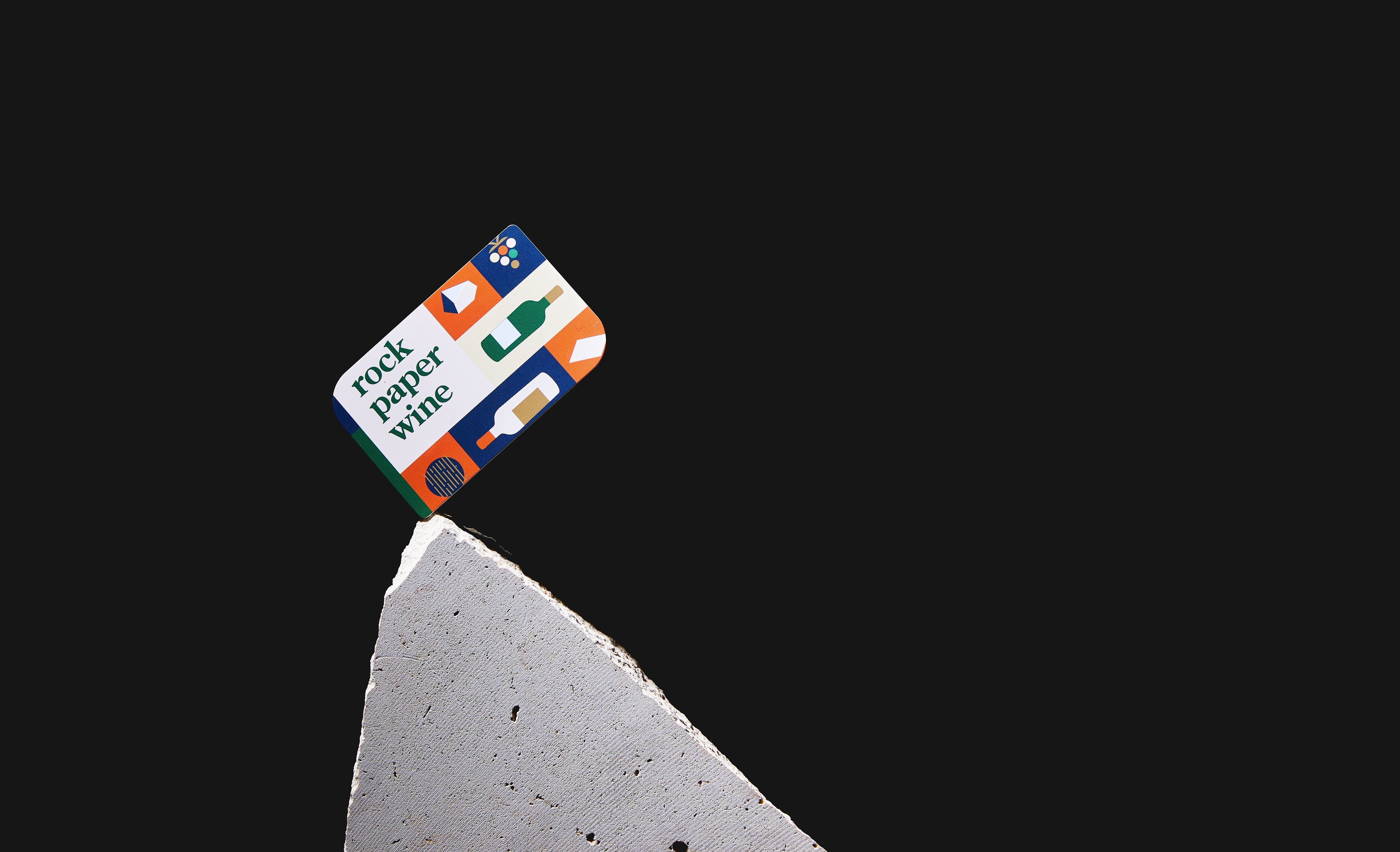Sales networking has long relied on handshakes, printed business cards, and follow-up emails. For decades, professionals have exchanged thick stacks of paper cards, hoping that recipients would store and later retrieve the correct contact information. Unfortunately, research shows that Discard rates for printed cards are staggering—approximately 88% are thrown away within a week. Such wasteful practice not only burdens the environment but also risks losing valuable connections in today’s rapid-pace market.
Traditional methods—face-to-face introductions, paper rollouts at conferences, and manual data entry afterward—are time consuming and error prone. Missing or mistyped email addresses, illegible handwriting, or misplaced cards can derail promising partnerships. As remote and hybrid work models grow, the need for instant, reliable, contactless solutions becomes paramount.
Enter NFC business cards: smart, reusable devices embedded with Near Field Communication chips that revolutionize information exchange. By tapping a card against a smartphone, users instantly receive your full digital profile—name, job title, company, website, social media links, and multimedia showcases—without typing a single character. This contactless approach eliminates manual data entry errors while keeping details up to date in real time.
The global appetite for digital cards is palpable. The market is predicted to Project to $505.2 million by 2032 at a CAGR of 12.6% (2023–2032). Organizations are actively seeking greener alternatives to paper, and NFC cards deliver both instant sharing and environmental sustainability. In this article, we’ll explore how NFC technology works, its advantages, practical applications, adoption challenges, and future potentials that are reshaping the networking landscape.
Understanding NFC Technology
What is NFC?
Near Field Communication (NFC) is a set of communication protocols that enable two electronic devices to exchange data when they are within a few centimeters of each other. Operating at 13.56 MHz, NFC evolved from RFID (Radio-Frequency Identification) and provides secure, bidirectional data transfer at speeds up to 424 kbps. Unlike Bluetooth®, NFC requires no pairing process, making it ideal for quick, one-time interactions such as payments, ticket validations, and now, professional networking.
NFC chips are passive components—no battery is needed. They harvest just enough energy from the reader’s radio field to transmit stored information. This ultra-low-power operation ensures durability and a long lifespan. NFC tags can be embedded in plastic cards, key fobs, posters, wristbands, and even smart clothing. When an NFC-capable smartphone or reader comes near, the tag’s tiny antenna activates and exchanges data through electromagnetic induction.
The Evolution of Digital Interactions
NFC first gained public attention through contactless payment systems like transit cards and mobile wallets (Apple Pay, Google Pay). By 2022, 85% of consumers were already Respondents to NFC in daily transactions—buying coffee, tapping into subways, and accessing secure doors. Those familiar interactions paved the way for broader use cases beyond commerce.
Marketers began embedding NFC tags in posters and product packaging to deliver videos or promotions upon tap. Museums and galleries use NFC for interactive exhibits. Today, professionals are adopting NFC cards for networking, supercharging static paper cards with digital profiles, dynamic content, and CRM integration. This seamless evolution transforms physical exchanges into data-driven relationships, enabling immediate follow-up actions like calendar invites, email drafts, or website visits.
The Advantages of NFC Business Cards
Effortless Information Sharing
NFC business cards remove friction from contact exchange. With a simple tap, recipients receive your digital contact card directly into their phone’s address book—no typing required. As information changes (new phone number, updated job title, rebranded logo), you update your profile online, and every existing card instantly points to the latest details. No more reprinting costs or expired card batches.
For example, Tapt’s NFC Business Cards allow you to share your digital contact details with a simple tap, ensuring your network always gets the most current information without the need for reprinting. If you switch roles or update your portfolio, the single tap interface delivers the fresh version in real time.
Enhanced Engagement
Beyond basic details, NFC cards support multimedia and rich links. You can embed videos, slide decks, project portfolios, or social media feeds. Imagine a UX designer demonstrating a case study video the moment prospects tap their phone—instantly memorable, far more impactful than static text.
Combining a physical card with a digital profile, these cards can link to multimedia content, enabling you to showcase portfolios, videos, and even social media profiles in one seamless interaction. Sales teams can route new contacts directly to product demos or testimonial reels, boosting engagement and shortening the buyer’s journey.
Cost-Effectiveness & Sustainability
Printing traditional cards can be expensive, especially with frequent updates. Companies often discard printed stocks, leading to waste and added costs. The digital business card market is forecasted to Value at USD 6 billion by 2030 (CAGR 6.90%, 2022–2030). NFC cards offer a one-time purchase and unlimited digital updates.
Organizations cite ecological benefits as a top driver: over 41% of businesses adopting NFC cards in 2023 Cited environmental concerns and paper-waste reduction. With NFC solutions like Tapt’s eco-friendly design, you significantly reduce printed waste by using a reusable card system where information is updated digitally, benefiting both your budget and the planet.
Built-in QR code functionality ensures compatibility with devices lacking NFC. With built-in QR code functionality, Tapt cards cater to every smartphone—even those without NFC capability—ensuring reliable contact sharing in any networking situation.
Disrupting Traditional Networking Practices
Changing the Way We Network
NFC business cards are more than gadgets; they redefine networking workflows. Traditional trade shows feature badge scanners and paper forms—tedious and error prone. NFC-enabled badges and cards let attendees exchange details with a tap. Hosts capture metadata like time, location, and session context, enabling personalized follow-ups.
Sales professionals can deploy NFC cards at client locations, during demos, or even on window stickers. A passersby taps and receives your pitch deck and contact info, guided by embedded tracking analytics. It’s no longer a static exchange but a data-driven engagement you can measure and optimize.
The Rise of Contactless Networking Events
Post-pandemic event planners prioritize hygiene and social distancing. Contactless experiences minimize shared materials. NFC cards integrate seamlessly with event apps—participants tap into sessions, download resources, and connect with speakers in real time. Exhibitors use NFC posters to send catalogs instantly to visitors’ phones.
Exponential growth is projected for the NFC business card sector: valued at about $150 million in 2023 and Valued with a 20% CAGR through 2030. As North America Leads the market with 45% share, corporate digitization drives widespread adoption at conferences, summits, and corporate gatherings.
Case Studies & Success Stories
Early Adopters of NFC Business Cards
Several forward-thinking firms have integrated NFC cards into their networking playbooks. A B2B software vendor equipped its sales team with cards linking to personalized demo videos, boosting meeting acceptance by 35%. A creative agency replaced traditional portfolios with NFC cards that auto-play showreels upon tap, increasing proposal wins by 22%.
Tapt integrates with leading CRMs like Salesforce, HubSpot, and Dynamics 365, automatically syncing leads to streamline your follow-up processes and boost conversion rates. By eliminating manual data entry, sales reps save hours per week and reduce errors, translating into a 15% lift in qualified pipeline.
Impact on Sales Conversion Rates
Real-life metrics confirm NFC’s business impact. A regional consultancy reported a 40% increase in lead engagement when cards linked to interactive case studies. Another firm saw contact-to-meeting conversion jump from 12% to 28% after deploying cards with embedded calendar scheduling links.
Advanced analytics drive continuous improvement. Advanced analytics provide insights into profile views, contact exchange activity, and geographic data, allowing you to refine your networking strategy based on real-time performance metrics. By tracking taps per event, top-performing content, and follow-up rates, marketing teams optimize messaging and timing for maximum ROI.
Challenges and Considerations
Technological Barriers
Despite rising popularity, some users resist new tech. Not all smartphones support NFC or have it enabled by default. However, QR fallback ensures compatibility—every card generates a scannable code. Training and simple instructions help overcome adoption friction.
Privacy Concerns
Sharing personal data electronically raises privacy questions. Users must trust that NFC card providers implement robust security measures and comply with data-protection regulations like GDPR and CCPA. Transparent policies and opt-in consent forms are essential to reassure stakeholders.
Cost vs. Benefit Analysis
Initial purchase of NFC cards can exceed the price of printed cards. Yet, when factoring in reprinting expenses, manual data-entry labor costs, and environmental impact fees, NFC quickly becomes cost-effective. The market is projected to Surpass USD 300 million by 2030 (CAGR 11.5%, 2023–2030), underscoring strong ROI potential.
The Future of Networking with NFC
Predictions for NFC Technology Adoption
Analysts forecast the NFC business card market to reach $43.33 million by 2031 (CAGR 9.5%, Forecast). Meanwhile, the broader digital business card sphere is tipped to be worth US$ 389.3 billion by 2032 (CAGR 10.01%, 2023–2032). As headless CMS and API-first architectures rise, digital profiles will integrate seamlessly into CRMs, calendars, and event platforms.
Integrating NFC with Other Technologies
Future experiences will blend NFC with augmented reality (AR) and virtual reality (VR). Imagine tapping an NFC card on an AR headset to launch a 3D product demo or immersive portfolio showcase. In VR networking lounges, virtual cards will exchange data seamlessly between avatars, bridging physical and digital realms.
From contactless payments to interactive showrooms, NFC technology has come a long way. NFC business cards eliminate wasted print runs, streamline data entry, and deliver dynamic content at the tap of a phone. With environmental concerns driving 41% of early adopters and markets projected to Project half-billion dollar valuations, the shift is undeniable.
Whether you’re a sales rep, marketer, or executive, NFC cards like those offered by Tapt equip you with updatable profiles, multimedia links, CRM sync, and analytics—everything needed to build relationships in the digital era. Join the networking revolution: embrace NFC business cards today, reduce waste, and make every tap count.
Additional Resources
-
Tapt – NFC business card provider with CRM integrations and analytics
-
Statistics – Digital business card market data and projections
-
NFC Forum – Standards, usage, and adoption studies
-
Forecast – NFC business card market analysis and forecasts




Are NFC Business Cards Safe? A Deep Dive Into Security & Privacy
B2B Networking: The Future of Digital Connections